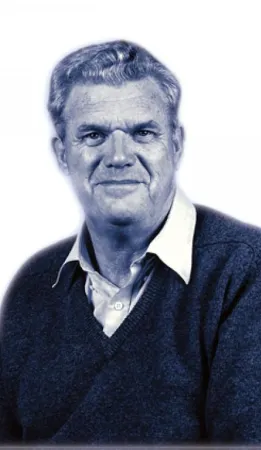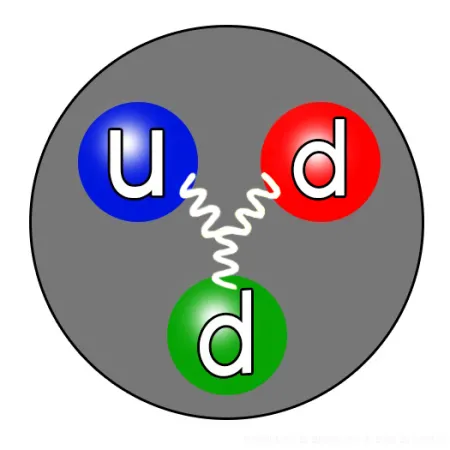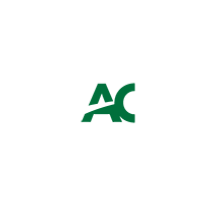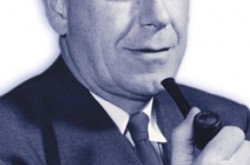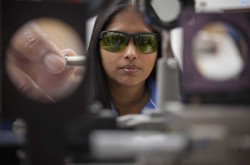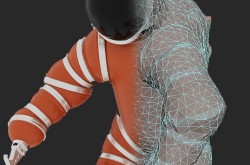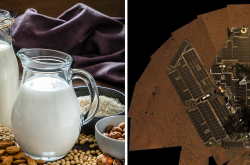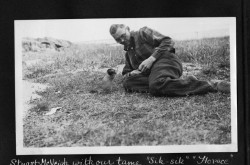Big things come in small matter
This article was originally written and submitted as part of a Canada 150 Project, the Innovation Storybook, to crowdsource stories of Canadian innovation with partners across Canada. The content has since been migrated to Ingenium’s Channel, a digital hub featuring curated content related to science, technology and innovation.
Molly Gatt
Algonquin College Journalism Program
World War II brought military bases and a prisoner of war camp to the town of Medicine Hat, Alberta. Richard E. Taylor was just 10 when the war started, and it gave him a new perspective on the world. When the atomic bombs were dropped in Japan, the power of the blast made him very interested in the ingenuity of the physicist. He became fascinated by explosives, unfortunately blowing off three of his fingers in an experiment.
But Taylor was undeterred, entering the University of Alberta to study physics and math with a focus in experimental physics. During that time, Taylor married Rita Bonneau, and the two moved to California so that he could earn his PhD at Stanford University. After two years of his schooling in California, Taylor decided to work on other projects.
In 1958, he, along with other physicists, were invited to work on a new accelerator that was being built in Orsay, a suburb of Paris, France. He spent three years there participating in electron scattering experiments. Electron scattering would eventually help Taylor discover that neutrons and protons, once thought to be the smallest matter, were made up of even smaller particles known as quarks.
From 1967 to 1973 he worked alongside two scholars from Massachusetts Institute of Technology, Jerome Friedman and Henry Kendall. They worked with an accelerator powerful enough to smash protons and neutrons to pieces, thus making the discovery.
Finding quarks would be Taylor’s greatest achievement. Winning him, along with his colleagues the Nobel Prize for Physics in 1990. Taylor was inducted into the Canadian Science and Engineering Hall of Fame in 2008.



